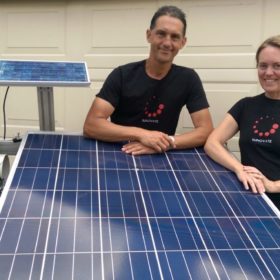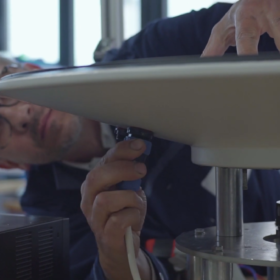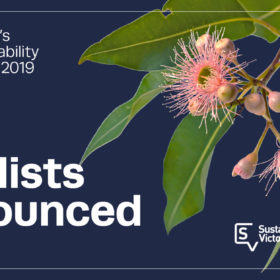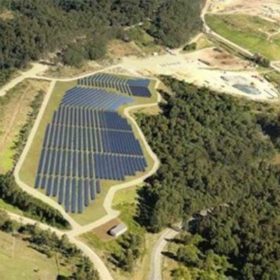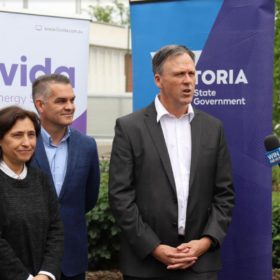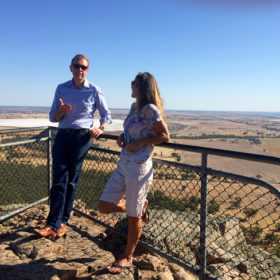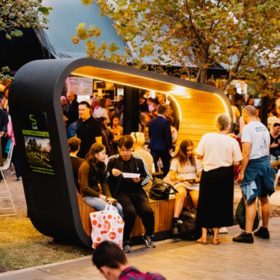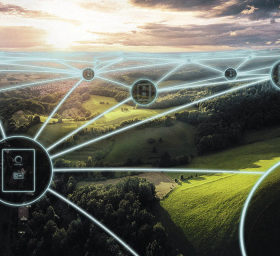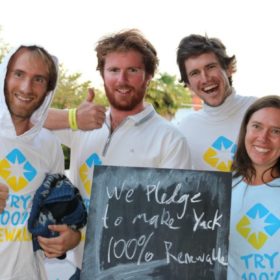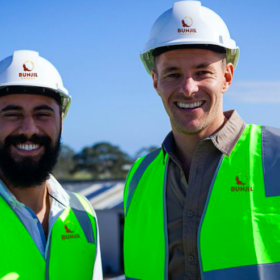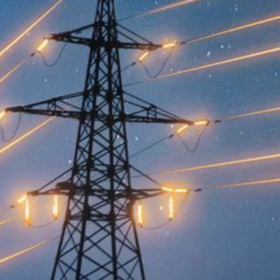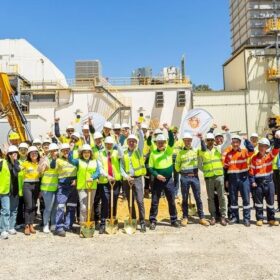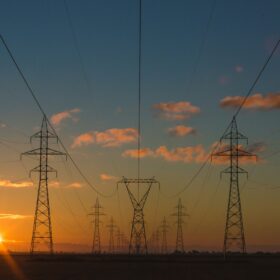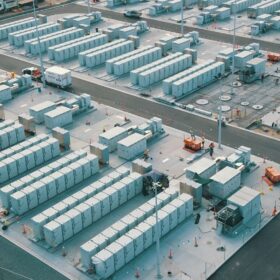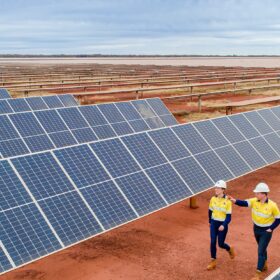Sunovate, like the hot air it puts to good use, is on the rise
After celebrating Sunovate’s first demo project, pv magazine Australia sat down with Co-Founder and Managing Director Cesira Leigh to talk all things Sunovate, how the rising Aussie solar PV innovator came to be, and where it’s going.
French start-up launches solar engine
The invention converts the energy produced by PV cells directly into mechanical motion without the need for batteries or power electronics. Its developers claim the robustness of the solar motor can drive water pumps and ventilation turbines for more than 20 years without the need for maintenance.
Finalists for Victorian Premier’s Sustainability Awards announced
A solar energy capital in regional Victoria, a community power hub and a renewable energy auction, these are just some of the innovative and sustainable solutions being celebrated at this year’s Victorian Premier’s Sustainability Awards.
Coal Capital Newcastle switches to 100% renewables
Newcastle, NSW, home to the world’s largest coal exporting harbour, has announced a plan to source 100% of the City of Newcastle’s power from renewable generation in a move that could save ratepayers millions in energy costs.
Ovida expands solar market into coal country with commercial microgrid PPAs
Ovida provides PPAs to businesses and multi-tenanted buildings, but the company is also working hard on a Community Energy Microgrid Hub and Victoria’s largest concentration of on-grid microgrids in the heart of Victorian coal country, the Latrobe Valley
Community solar to take Victoria town to 100% renewables
A 1.6 MW community solar farm will support the Victorian town of Natimuk to reach its target of being 100% powered by renewable energy. The project is underpinned by state government funding.
Solar-powered furniture offers off-grid connection
South Australian outdoor furniture brand Sedi has developed bespoke benches and shelter options for smart cities and regional areas.
Australia’s state of virtual power play
With around 16 battery-based virtual-power-plant projects either in progress or planned across six states, Australia is demonstrating the potential of distributed energy resources to the world. An Australian Clean Energy Summit panel last week caught up on progress and potholes on the road to energy’s new two-way street.
Yackandandah’s community solar demonstrates the power of regional prosumers
With an electricity sector policy vacuum on a federal level, and grid constraints facing large scale PV project developers, there are ample reasons to be pessimistic about Australia’s solar-fueled energy transition. Indigo Power Co-founder Cam Klose says that many promising developments are rather taking place on the ‘distributed’ level and beyond the big cities – with Yackandandah leading the way.
Bunjil Energy aims for indigenous empowerment and the “complete decentralisation” of energy
Offgrid installations formed an early training ground for many veterans of Australia’s solar industry – often in particularly tough conditions. Bunjil Energy CEO and Co-founder Isaac Harrison shares this experience and is putting it to work to pursue his vision for Eco Solar Farms and empowering indigenous communities through PV.
